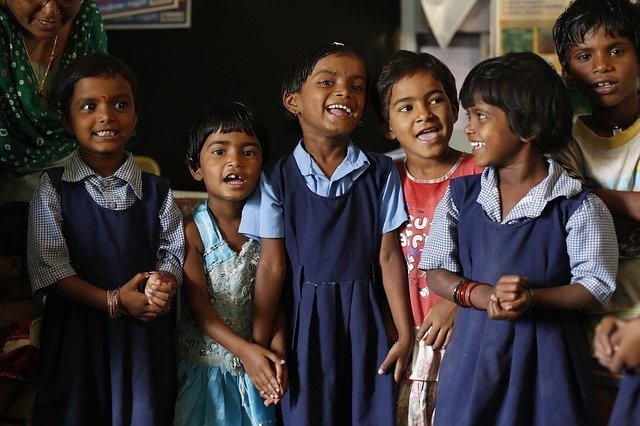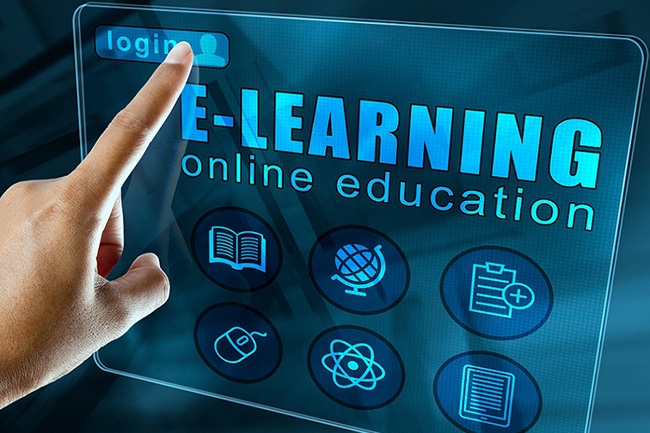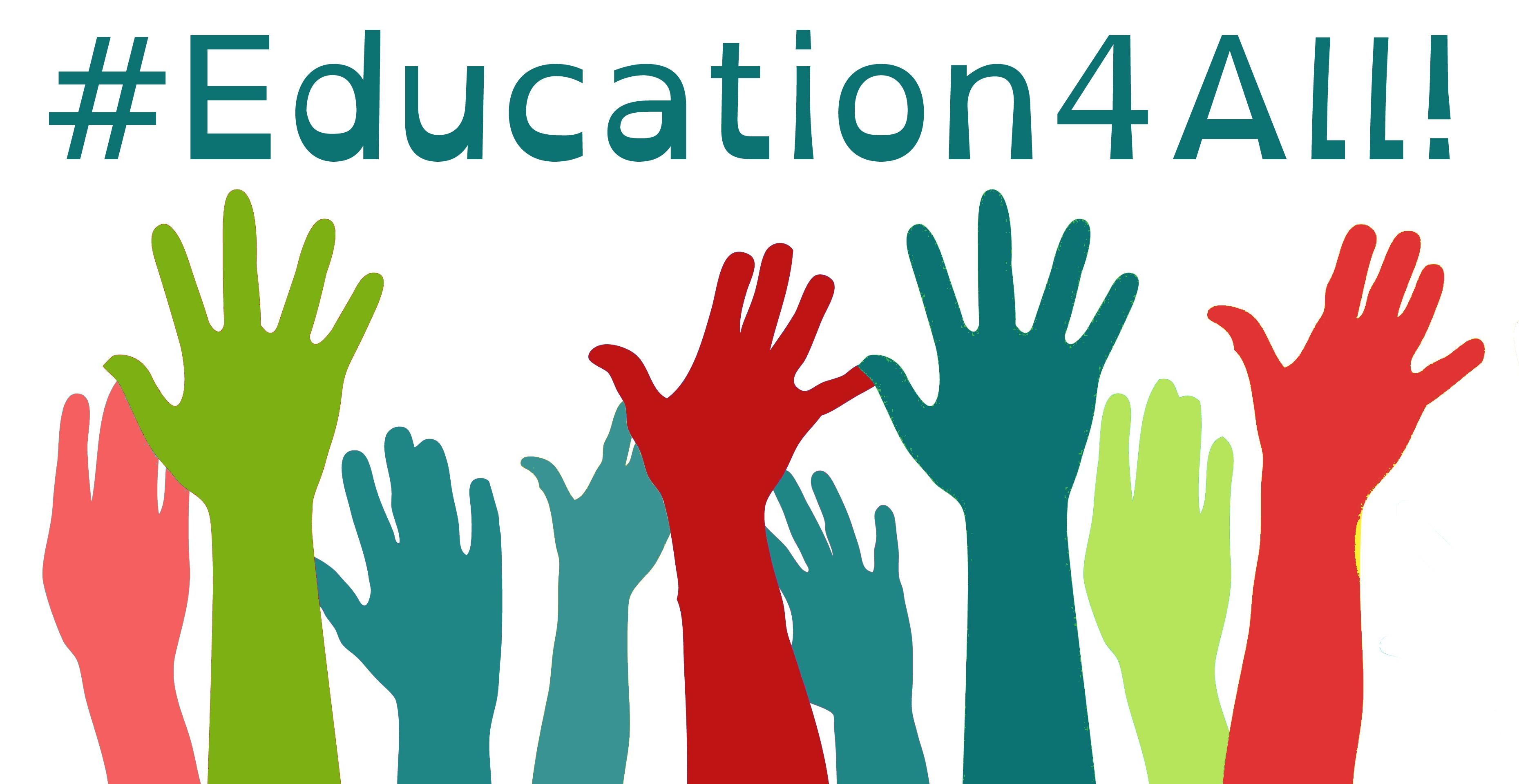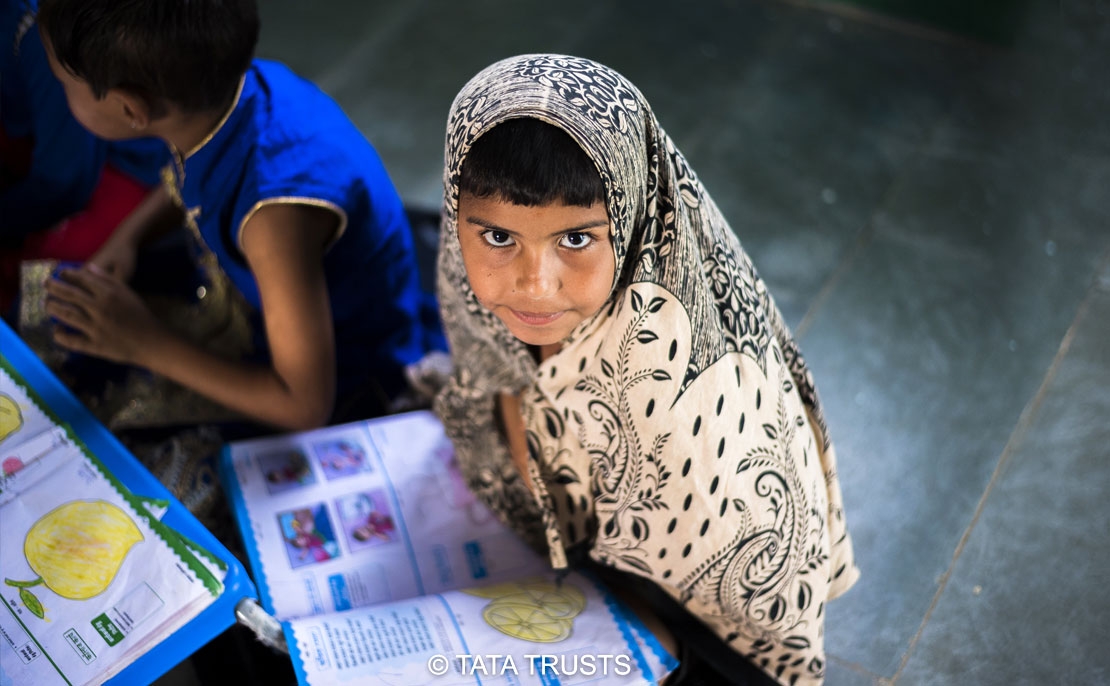- Description
-
Details
India is the second most populous country in the world with nearly 1.35 billion people residing here. Apart from that, it is also among those countries that have the youngest population in the world. According to the data, half of Indian population is under the age of 25. This creates a huge potential in the education market. According to Techopak, India’s education market was valued at US $100 billion in 2016 and is expected to double to almost $180 million by the end of 2020.
However, these numbers cannot be deemed concrete since a lot has changed since 2016, including Covid-19 pandemic and the subsequent slowdown. While the numbers cannot be ascertained, it is yet safe to say that Indian online education marketing will expand manifolds and the Covid-19 crisis has only accelerated the timeline.
Ease of learning, flexibility of time and place, wide range of study material, etc. are some of the factors that are driving the upward curve of Online Education Market in India. In this blog published by Tecfuturenow, we have penned down deeper insights about Indian education market and how it is expected to expand and proliferate in the coming few years.

Why India’s Online Education Market is Expanding: Key Parameters
There are several aspects that have accelerated the expansion of Indian online education market including increase of internet accessibility with reduced price, dull and mundane classroom education, lack of good universities. Let’s discuss them one by one.
Low Cost Alternative: Online Education Makes Learning Affordable
It is needless to state that attending a college or university physically comes with its own associated costs like cost of living, tuition fees, laboratory fees, etc. Hence, going to college remains a distant dream for many lower income families in India. Getting into a Government College is not an easy task for students who don’t have the needed study material at their disposal to prepare for the entrance tests. Therefore, physical education comes with its own limitation, high cost being one of them.
Online Education on the other hand provides a low cost alternative to conventional education. The infrastructure required for conducting online classes or distance education is much lesser and cost-effective, therefore, it helps leverage on the economies of scale. According to a study published by KPMG, the average cost of online graduation courses in India is INR 15,000-20,000.

Accessibility to Quality Education: Freedom to Choose Among Several Options
Not everyone lives in a Tier I city or can afford a lifestyle to live there. Open courses or distance education has opened several avenues for people living in Tier II and Tier III cities to access quality education in a cost effective manner. Plus, online education provides you opportunity to access quality and diverse education from many foreign universities that offer an option of distance education.
Online education also gives students unlimited access to a vast pool of knowledge on the internet. This helps them to learn at their own pace and in a more customised manner. For example, a student who is interested in learning more about Nuclear Fission wouldn’t have to be bound to his curriculum to learn about the same. An Arts student can also learn about basic organic chemistry and so on.

Internet Penetration in Rural Areas: Low Cost and High Speed Internet Services
The availability of internet has expanded by manifolds for the last few years. If we look at the status of internet availability in India 10 years back, it was a distant dream for many living in rural areas or remote locations. Now not only internet has penetrated the boundaries of Tier III cities but has also become more affordable for every common man.
Internet speed and prices have improved in a significant manner, which has opened many doors of opportunity for people residing in the rural areas. According to a KPMG study, nearly 735 million people will have access to the internet by 2021. This increased penetration of internet among Indian population will result in increased traffic for online education players.

Better Access to Technology: Smartphones Penetration Growing Across India
It is evident that smartphone and other digital technologies like laptop and tablets are now more accessible and affordable for even the Tier III cities population of India. According to a study, around 290 million smartphone users exist in India today. These numbers are expected to grow as many smartphone companies especially the Make in India brands are working to develop more cost-efficient and feature-rich handsets for the rural population of the country.
At the given rate of advancement of digital technology in India, the user base of smartphones is expected to add around 180 million more new users by the end of 2021. This boom in digital technology in the towns and villages has further boosted the scope of online education in India. With smartphone and internet within the reach of common people, online and distance education will further bloom across the globe.

Increase of Disposable Income
The disposable income of India is expected to grow by 55 per cent by the end of 2020. However, these studies were conducted before Covid-19. With the pandemic affecting our economy and timelines being pushed to several years ahead, it is immature yet to state the exact figures. But, one thing is for sure that Online Education’s affordability will see a drastic shift not only in metropolitan but also in far off towns and villages of the country. Increase in disposable income and reduction in cost of online education will play simultaneously to give Indian education market a much needed boom.

Challenges faced by Online Education in India
Though, Online Education is seeing an upward trend in India, there is still much room for improvement. If we compare Indian education ecosystem to that of some Western developed countries, there is a long way ahead. In this part of the article, we have written some of the challenges faced by Online Education in India.
Availability of free content online
Learners who are well acquainted with technology, get their hands on abundance of free learning content available on the internet. This leads to reduced perceived value of paid content and courses. Therefore, paid online courses and classes are often overlooked by learners due to lack of justification of cost associated with them.
Lack of acceptance for online education
A learner’s decision to opt for online education is impact by several factors including peers, parents, society, faculty and the quality of information available with them. There isn’t much acceptance among parents and faculty regarding online education that discourages students to opt for online courses in place of regular ones.
Lack of awareness
There is still not too much awareness about digital education or online education. Online courses are still seen as a last option or a vocational activity in Indian setups. Many things have evolved, but the lack of awareness among parents and teachers have hindered the widespread acceptance of online education in India.
Pricing of courses
There is no doubt that online education is much cheaper and cost-effective as compared to classroom learning. But still, online courses are priced very high to be affordable for students belonging to every stratum. There is a vast need for more affordably-priced online courses and content to improve adoption.
Future of Online Education in India
In the coming future, online education will certainly gain popularity among the young learners. However, it would be an overstatement to say that education will entirely go online. There will still be a requirement for a physical teacher-student and student-student interaction. Furthermore, several changes will be required in online learning for improved engagement levels and better feedback & interaction.
Virtual Classrooms could also emerge as a preferred model for offline classrooms to expand their horizons beyond geographical boundaries. While Virtual Classrooms can provide enough room for interaction, they can serve as a perfect substitute for physical classrooms.
All in all, there is need for a ubiquitous presence of both online learning and classroom-based learning. While online learning has provided an opportunity to learn and obtain knowledge from anywhere, at any time, classroom learning serve as a better medium when it comes to collaboration and interaction.
Several EdTech companies in India, especially Make in India brands are upping their game and providing some of the most affordable and workable online learning solutions. One of them is Globus Infocom, that provides both classroom learning and online learning solutions to various educational organizations in India. The company, which has around two decades of expertise in the field, has successfully installed Virtual Classroom and Smart Classroom Solutions across the length and breadth of the country, including some Tier II and Tier III cities as well.
- Reviews
-
